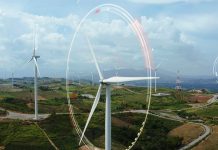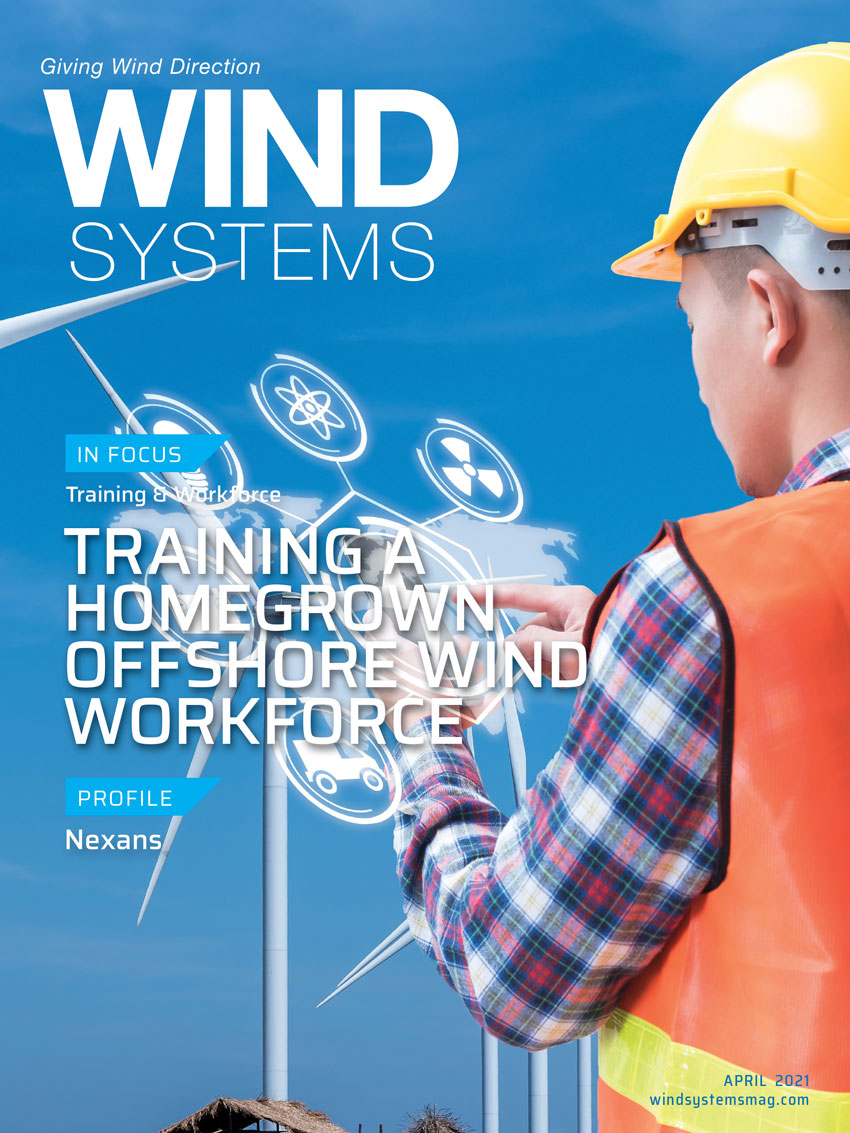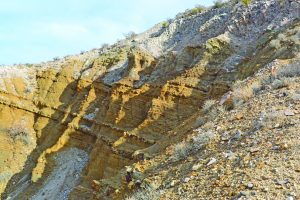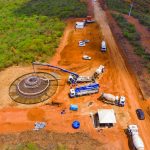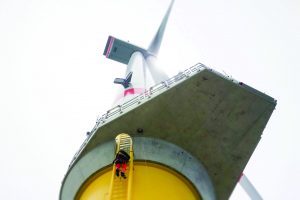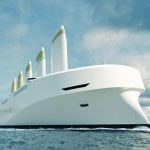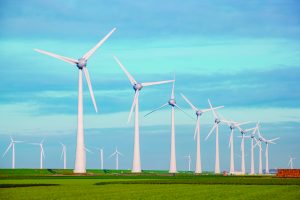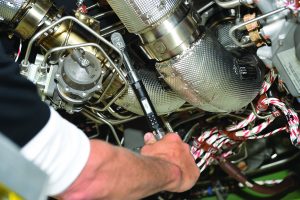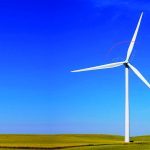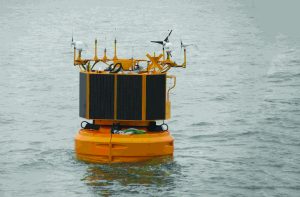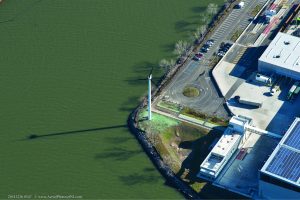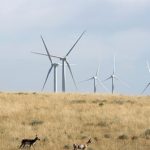This past year was one filled with a tremendous amount of uncertainty for our families, businesses, and country. Americans have persevered through a worldwide pandemic with strength, courage, and change. Now, a year later, we have adapted to a new way of life and a new way of doing business.
The wind industry is no different. Influenced by COVID-19, the pandemic caused the country to realign the logistics of doing business. Last year, the wind industry faced a few challenges in the early stages of the pandemic. There were some short term supply chain issues in the early few months, but no changes to the install volume when companies needed projects built and commissioned. Additionally, the pandemic made travel to project sites difficult due to limited airline flight options. COVID-19 did, however, demand the industry review and increase site safety processes on project sites. There are minimal indoor meetings, quarantine periods apply for personnel who have flown, often requiring long distances driven to maintain schedule. In addition, simple protocols such as eliminating pen sharing in signing bills of lading (BOLs) applied to keep everyone involved safe.
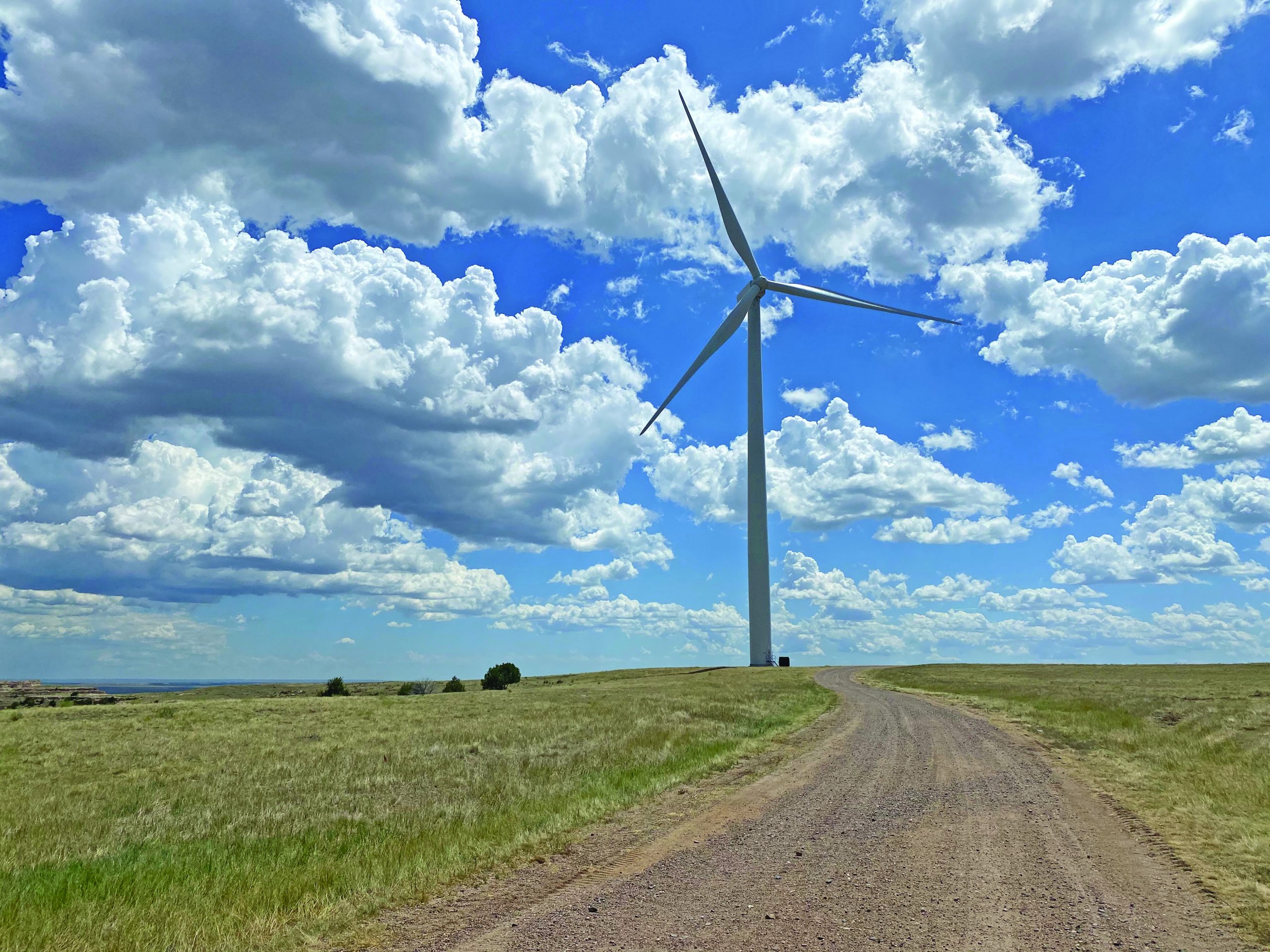
Even with the challenges of COVID-19, 2020 was a banner year in the wind industry. According to the American Wind Energy Association’s fourth quarter market report, the U.S. wind industry experienced the highest quarter on record by installing 10,593 MW of new wind power. With an 85 percent increase over 2019 and developers commissioning 16,913 MW of wind power capacity in the U.S., more wind was installed at the end of 2020 than any other year except 2012. Now there is 122,468 MW of operating wind power capacity on the American grid with more than 60,000 wind turbines operating across 41 states and two U.S. territories.
Looking at trends
To meet the projected growth of 2021, we must look back on trends created in 2020 and plan for what is to come this year. One important factor that developed last year was that wind power transportation will continue to fall under essential services. States ruled the construction of renewable energy resources is federally designated and a critical infrastructure industry. Renewable energy workers are designated as essential, critical infrastructure workers.
We also must consider the aging workforce that represents a large portion of the jobs in transportation, cranes, and construction as we look forward into 2021. This demographic is at high risk for the virus. If it begins to spread quicker or different strands emerge, this large portion of the workforce could be dramatically affected and, therefore, projects delayed.
As the workforce adapts to new COVID-19 standards, the wind and solar industry is expected to move full steam ahead in 2021 with predicted exponential growth. A rising number of businesses are continuing to invest in renewable energy as they work to meet renewable and sustainability goals. According to the latest Lazard levelized cost of energy (LCOE) report, land-based wind power costs have declined 70 percent since 2009.
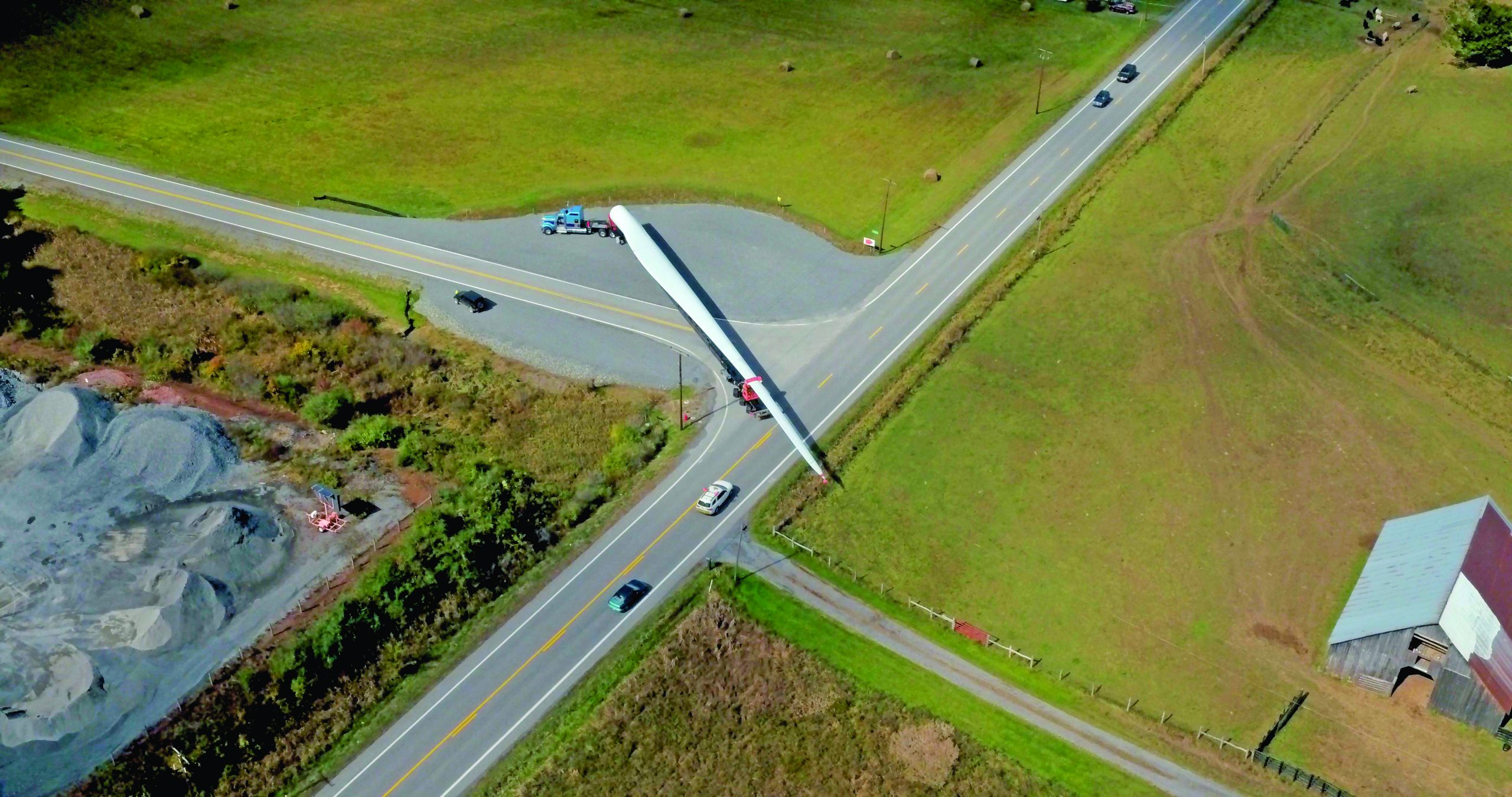
Additionally, a new stimulus/relief bill passed by Congress in December 2020 is giving businesses extensions of renewable energy tax credits due to the COVID-19 pandemic.
These tax credits incentivize businesses to move toward future clean energy. Finally, this year, we will continue to see the decommissioning of older, outdated coal-fired power plants. In the last decade, hundreds of these plants have retired or are facing retirement in the near future due to regulatory pressures, flat electricity growth, and competition from renewables. The retiring of plants will leave openings for more solar and wind projects to open up in their place.
Producing jobs
While some people may assume the pandemic in conjunction with the retiring of outdated power plants will produce job loss, the wind industry is actually producing an exponential amount of jobs. According to the American Clean Power Association, clean energy provides jobs for more than 300,000 Americans with the wind industry producing 120,000 of those jobs. There are 26,000 of these jobs at more than 500 American factories producing wind-turbine components. Additionally, the U.S. Bureau of Labor Statistics ranks a wind-turbine service technician as the nation’s fastest growing job. Other jobs range from construction to technicians to factory, distribution, and developmental jobs. These high-quality jobs in the clean-energy workforce can help boost American jobs in the wake of COVID-19 job loss.

As states race to meet their renewable energy goals and wind-turbine projects are set up all over the country, it is up to the “behind the scenes” professionals to keep the projects moving forward. The logistics of turbine transportation may seem minor to some in the total scope of the project, but the project requires an enormous amount of planning and execution. The manufacturing of a wind turbine often occurs in locations far from where the project is actually set up. Some transportation projects can take months or even a year of logistical planning to move a turbine from point A to point B. The turbine blades, towers, and nacelles will move over multiple methods of transportation including rail, road, and sea. For parts moving by road, comprehensive route planning and adjustments are constantly shifting. For movement by rail, engineering and gaining clearance for larger components become a major piece of the project as well.
All of these logistical nuances that occur behind the scenes, even before the start of construction and operation, are ones that are happening frequently in the clean-energy industry. These logistical pieces support forward movement and help set the tone for a safe and well executed project.
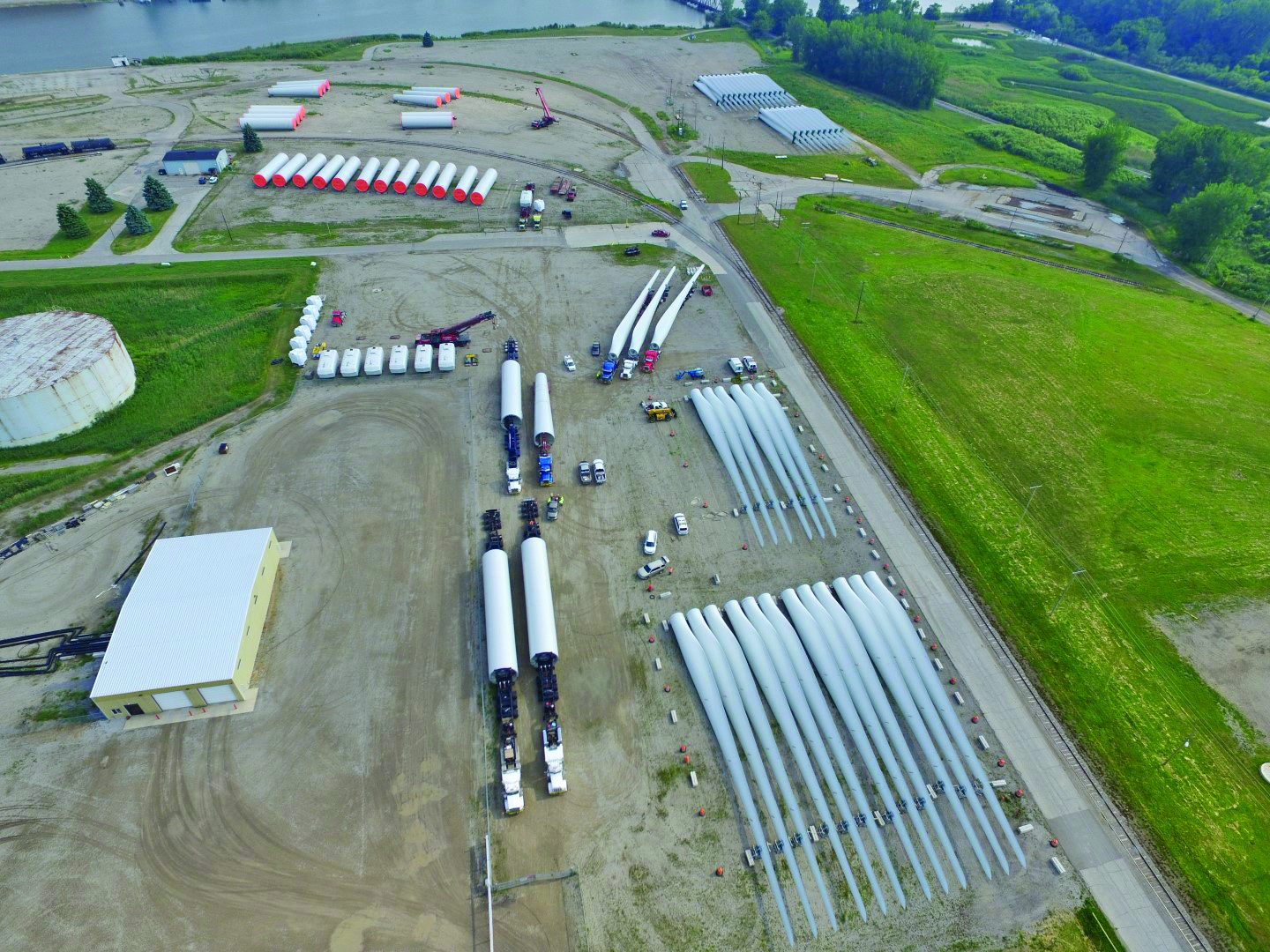
The pandemic brought many changes to the logistics and planning of setting up wind and solar projects. These challenges are ones we welcomed, as we knew the most important role was prioritizing the health and well-being of employees who worked on projects. The demand for new projects in 2021 will be growing at the same rate, and we will continue to strategically work through the best possible solutions for clients, as we know maintaining a strong plan is key to completing successful projects.


















